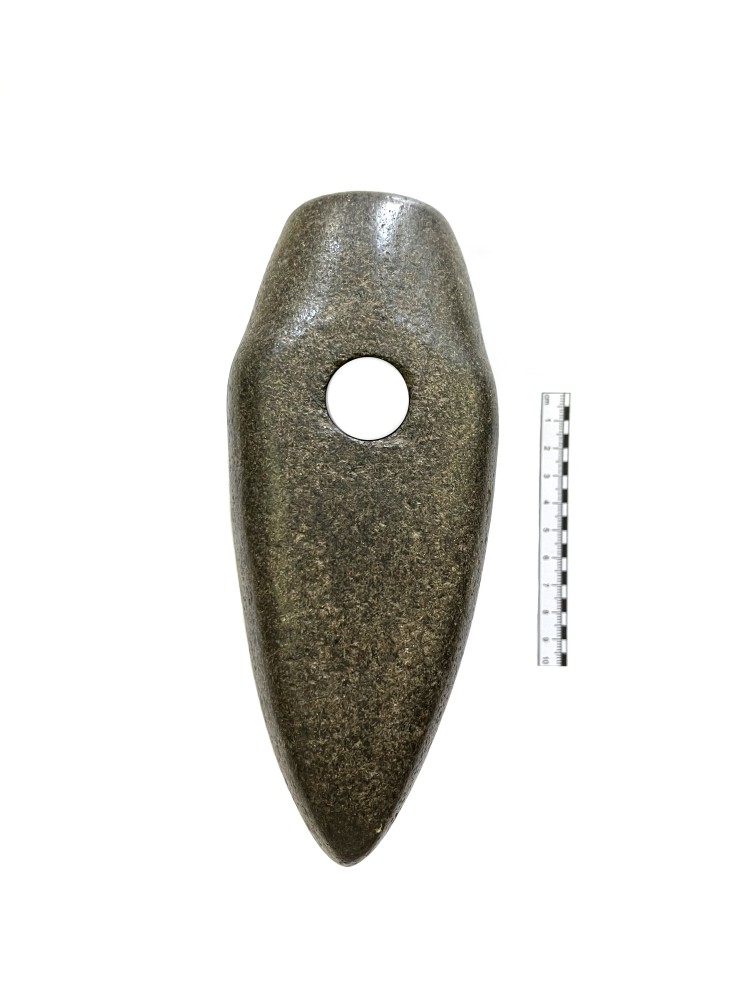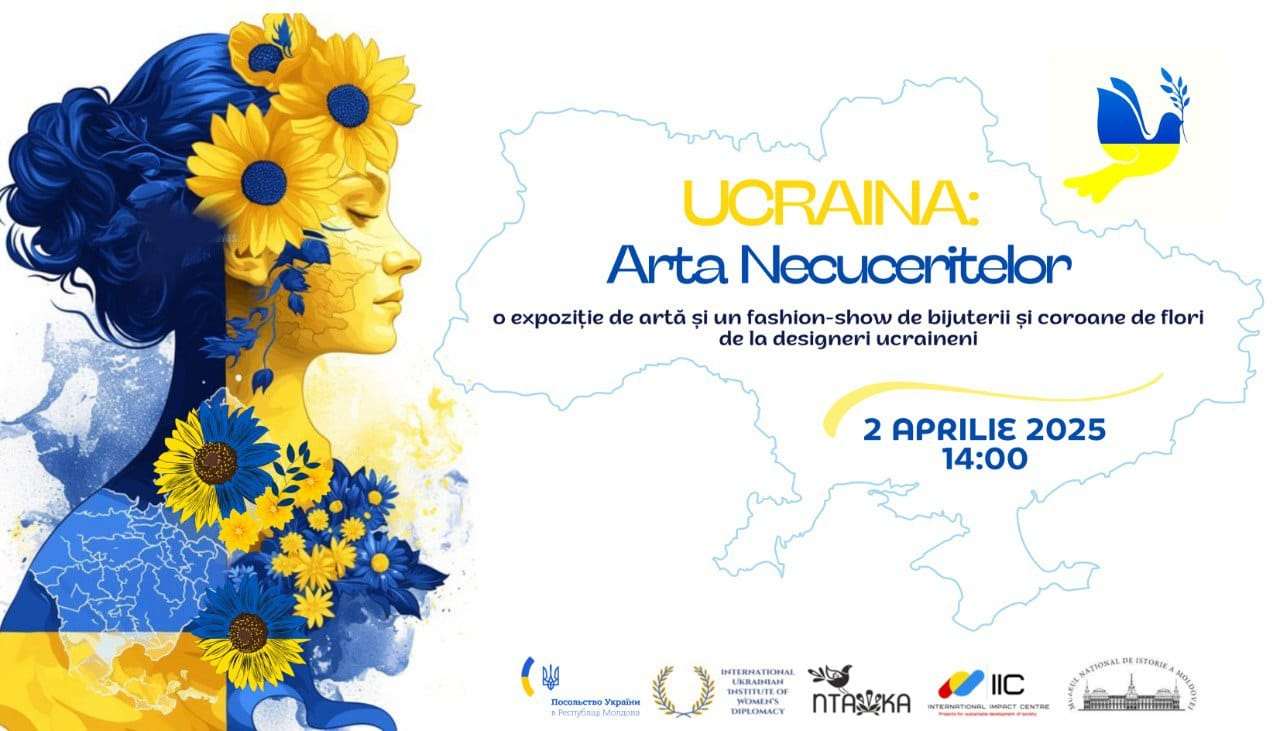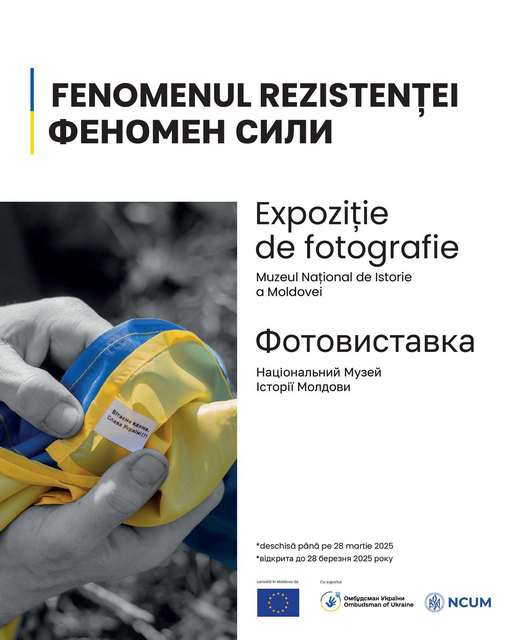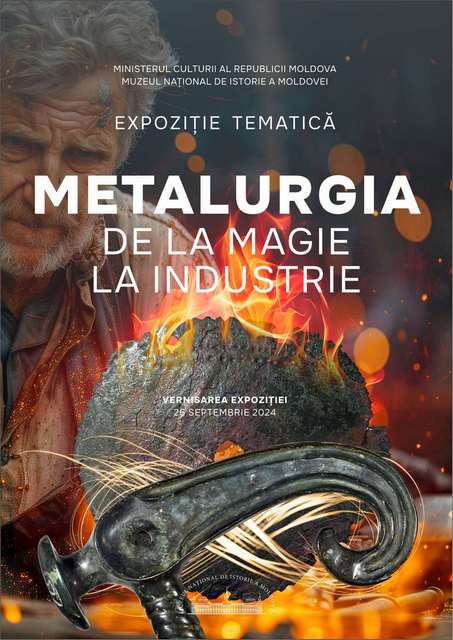  Events Archive Events Archive
Opening of the exhibition „Memory of deportations”
July 3, 2024
On July 3, 2024, the National Museum of History of Moldova organized the opening of the "Memory of Deportations" exhibition, dedicated to the commemoration of 75 years since the second wave of mass deportations in the Moldavian SSR. The exhibition approach reveals aspects of the history and memory of the victims of Operation "South" from the night of July 5-6, 1949, bringing to the attention of the visiting public documentary materials, testimonies, personal objects, works of art, thematic video materials. The exposed vestiges elucidate the context in which the organization of the second wave of deportations took place, the transportation and displacement of Bessarabians in special settlements in the eastern regions of the USSR, as well as examples of recent practices honoring the memory of the victims of the totalitarian-communist regime during the SSR period Moldavian. Today, more than three decades after the signing of the Declaration of Independence (1991), the complex and systematic valorization of the memory of the victims of the totalitarian past in the Republic of Moldova remains a desire of decommunization and democratization. The local communities of memory in the villages and cities of the Republic of Moldova offer examples and models worthy of following in the direction of knowledge of history and memory. However, the symbolic dimension of the commemorative actions comes to constitute for the memory of the victims of the communist regime one of the main forms of (re)knowing and intelligently assuming the traumatic past. The exhibition presents the recourse to history and memory as an act of symbolic justice brought to all the victims of Operation "South" of July 5-6, 1949 in the Moldavian SSR, thus contributing to the building of a European culture of memory in the society of the Republic of Moldova. The "Memory of Deportations" exhibition is opened to the large audience between July 3 - August 3, 2024, in the upstairs hall of the National Museum of History of Moldova (Chisinau municipality, str. 31 August 1989, 121A).
|
 31 August 1989 St., 121 A, MD 2012, Chisinau, Republic of Moldova
31 August 1989 St., 121 A, MD 2012, Chisinau, Republic of Moldova






















































